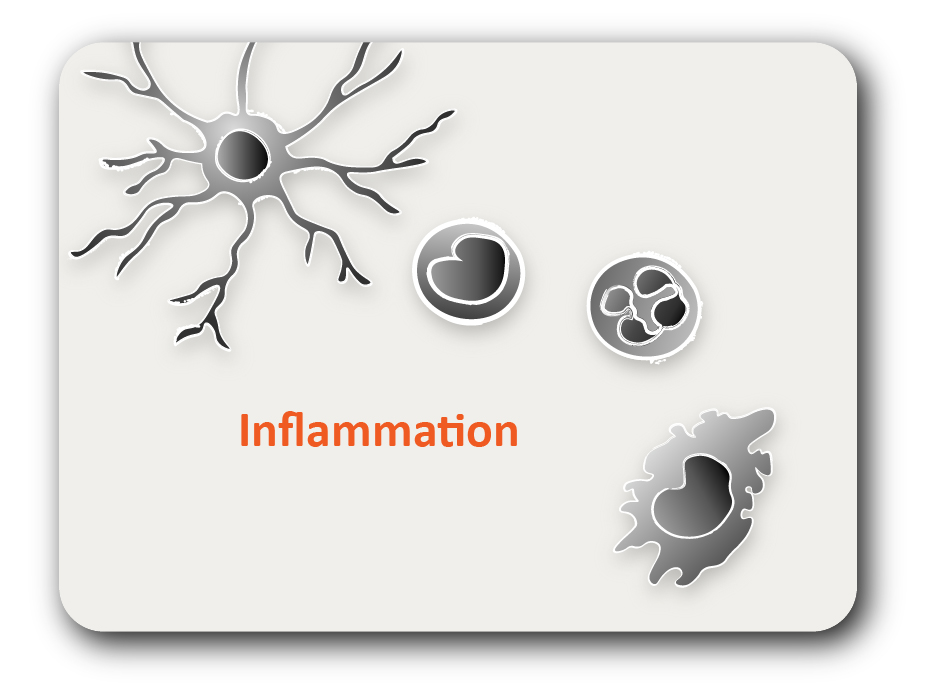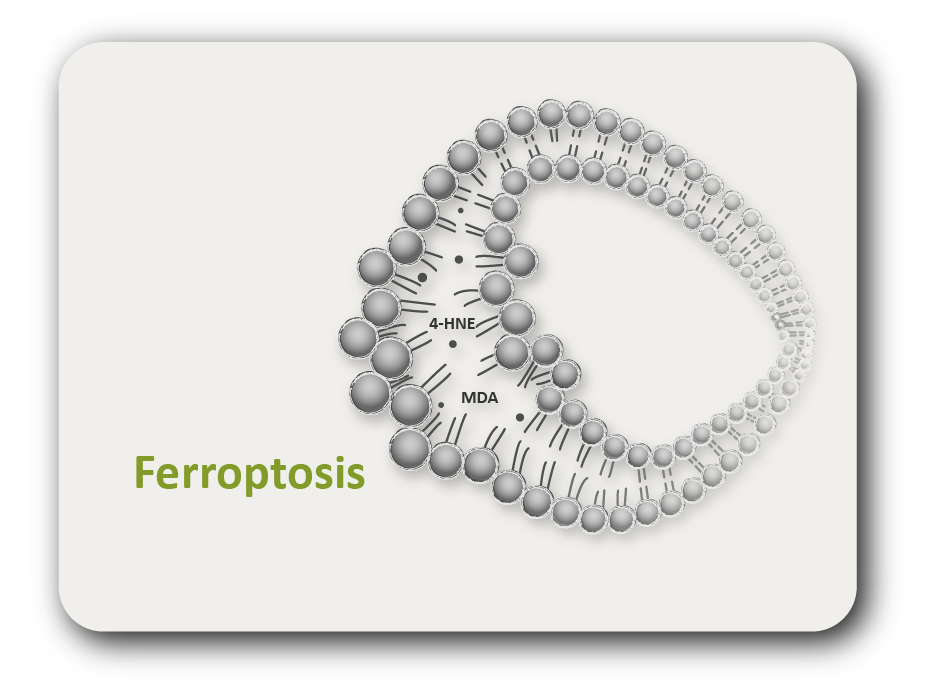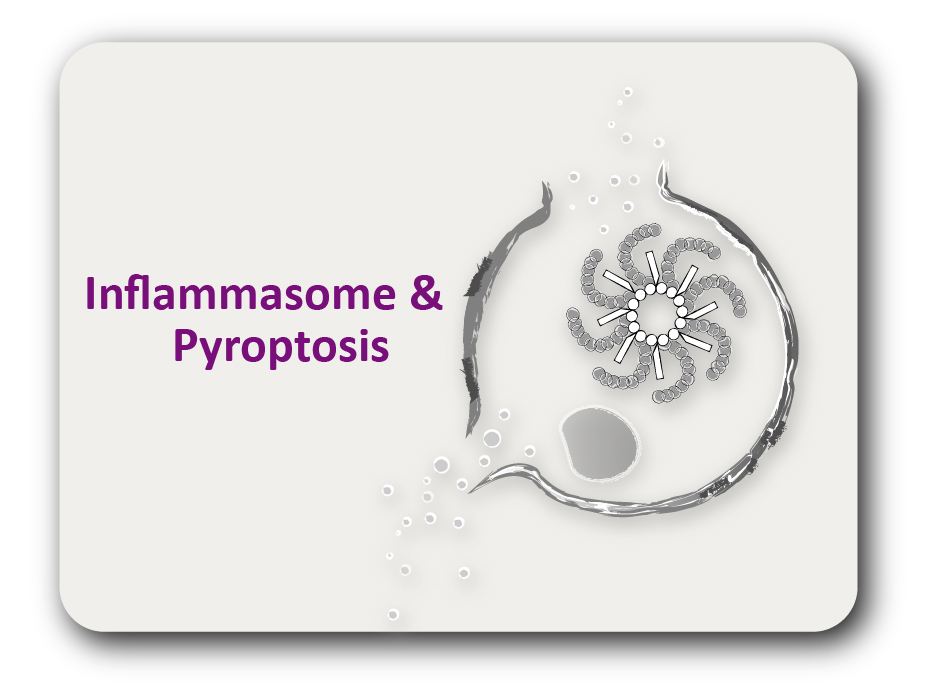ARG70557
Mouse CD172a / SIRP alpha recombinant protein (His-tagged)
Mouse CD172a / SIRP alpha recombinant protein (His-tagged) for SDS-PAGE
Overview
| Product Description | CHO expressed, His-tagged Mouse CD172a / SIRP alpha recombinant protein |
|---|---|
| Tested Application | SDS-PAGE |
| Target Name | CD172a / SIRP alpha |
| A.A. Sequence | Thr32 - Asn373 |
| Expression System | CHO |
| Alternate Names | SIRPA; Signal Regulatory Protein Alpha; SHPS1; SIRP; BIT; P84; MFR; SHPS-1; CD172a; PTPNS1; MYD-1; Tyrosine-Protein Phosphatase Non-Receptor Type Substrate 1; CD172 Antigen-Like Family Member A; Inhibitory Receptor SHPS-1; Macrophage Fusion Receptor; SIRP-ALPHA-1; SIRPalpha2; SIRPalpha; Brain-Immunoglobulin-Like Molecule With Tyrosine-Based Activation Motifs; Brain Ig-Like Molecule With Tyrosine-Based Activation Motifs; Protein Tyrosine Phosphatase, Non-Receptor Type Substrate 1; Tyrosine Phosphatase SHP Substrate 1; Signal-Regulatory Protein Alpha-1; Signal-Regulatory Protein Alpha-2; Signal-Regulatory Protein Alpha-3; Signal-Regulatory Protein Alpha; SHP Substrate 1; CD172a Antigen; Myd-1 Antigen; MyD-1 Antigen; Sirp-Alpha-1; Sirp-Alpha-2; Sirp-Alpha-3; MYD1; Bit |
Properties
| Form | Powder |
|---|---|
| Purification Note | Endotoxin level is less than 0.1 EU/µg of the protein, as determined by the LAL test. |
| Purity | > 95% (by SDS-PAGE) |
| Buffer | PBS (pH 7.4) |
| Reconstitution | It is recommended to reconstitute the lyophilized protein in sterile water to a concentration not less than 200 μg/ml and incubate the stock solution for at least 20 min at room temperature to make sure the protein is dissolved completely. |
| Storage Instruction | For long term, lyophilized protein should be stored at -20°C or -80°C. After reconstitution, aliquot and store at -20°C or -80°C for up to one month. Storage in frost free freezers is not recommended. Avoid repeated freeze/thaw cycles. Suggest spin the vial prior to opening. |
| Note | For laboratory research only, not for drug, diagnostic or other use. |
Bioinformation
| Gene Symbol | SIRPA |
|---|---|
| Gene Full Name | Signal Regulatory Protein Alpha |
| Background | The protein encoded by this gene is a member of the signal-regulatory-protein (SIRP) family, and also belongs to the immunoglobulin superfamily. SIRP family members are receptor-type transmembrane glycoproteins known to be involved in the negative regulation of receptor tyrosine kinase-coupled signaling processes. This protein can be phosphorylated by tyrosine kinases. The phospho-tyrosine residues of this PTP have been shown to recruit SH2 domain containing tyrosine phosphatases (PTP), and serve as substrates of PTPs. This protein was found to participate in signal transduction mediated by various growth factor receptors. CD47 has been demonstrated to be a ligand for this receptor protein. This gene and its product share very high similarity with several other members of the SIRP family. These related genes are located in close proximity to each other on chromosome 20p13. Multiple alternatively spliced transcript variants have been determined for this gene. [provided by RefSeq, Jul 2008] |
| Function | In response to THBS1, involved in ROS signaling in non-phagocytic cells, stimulating NADPH oxidase-derived ROS production. [Uniprot] |





